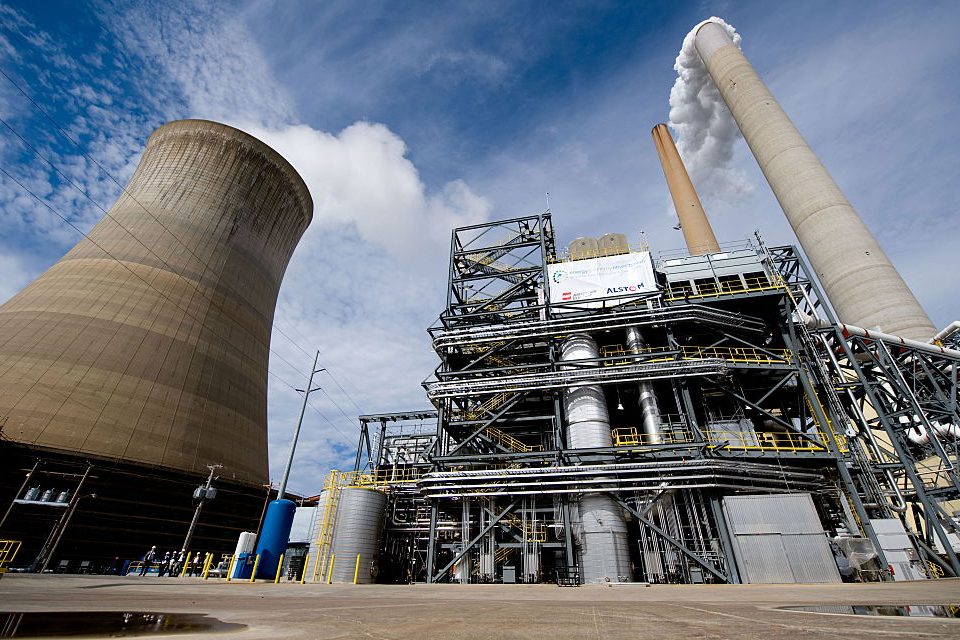The Environmental Protection Agency has just released its most aggressive emissions rules to date. The rules demand that coal and gas plants capture almost all of their emissions.
In essence, fossil fuel plants will have to cut their emissions by 90 percent between 2035 and 2040 or shut down. Unless, of course, they can afford to run carbon capture systems or swap out natural gas for hydrogen. But is that even realistic?
“By requiring carbon capture or hydrogen burning, two technologies that haven’t even had multiple successful demonstration projects, let alone mature supply chains, the Biden administration is essentially signing a death warrant for fossil fuel plants,” Isaac Orr, an energy analyst at the Center for the American Experiment, said in an email.
The rules’ impact on the electric grid would be shattering. Last year, coal and natural gas plants provided about 60 percent of the electricity Americans consumed. That’s around 2,518 terawatt-hours. Ninety percent of that is 2,266 terawatt-hours, or “more than ten times the amount of juice now being produced by all of the solar panels in the country,” writes energy expert and author Robert Bryce. “It’s also more than five times more than what’s being produced by wind turbines, and nearly three times more than what’s being generated by all of our nuclear plants.”
In other words, the EPA’s draft rules would undermine the physical reliability of the American power system as we know it to foment a transition to wind and solar — a speculative game now being played with the highest stakes possible. And this despite recent evidence that natural gas consumption has increased along with renewable energy generation in California. No developed nation has ever run its electricity system on wind and solar, yet the EPA may now force us to give it a shot.
This hubris comes as all four chairs of the Federal Energy Regulatory Commission agree that the country is facing a reliability crisis. “The United States is heading for a very catastrophic situation in terms of reliability,” FERC commissioner Mark Christie said in testimony to the Senate given a few days before the EPA debuted these rules. According to Christie and his colleague James Danly, coal and gas plants are retiring more quickly than they can be replaced, making the entire electrical system more fragile.
“The arithmetic doesn’t work,” Christie told the Senate. “This problem is coming. It’s coming quickly. The red lights are flashing.”
And it’s not just FERC commissioners sounding the alarm. In its most recent Long-Term Reliability Assessment, the North American Electric Reliability Corp., the non-profit tasked with overseeing the reliability of North America’s bulk power system, said that most of the country is at an elevated risk of supply shortfalls. California and the Midwest are the exceptions: they’re at high risk.
The EPA draft rules would take the scythe to coal plants in the Midwest, leaving it more dependent on its mid-Atlantic neighbor PJM. But PJM is also expecting massive retirements. By 2040, it stands to lose more than a fifth of its installed capacity. “For the first time in recent history,” reads the report, “PJM could face decreasing reserve margins should these trends continue.” PJM serves 65 million Americans spread out over thirteen states plus Washington, DC. It’s the largest wholesale power market in the country. Coal and natural gas make up more than half of its resource mix.
The EPA wants to approve the rules by next June. They must be resisted.

























